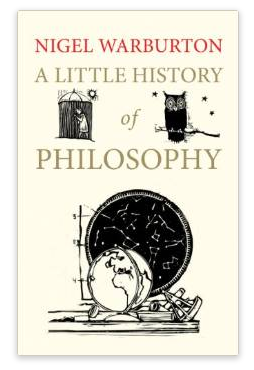In the following video a world class teacher engages his students, and the bridge teacher can learn much from the performance. After watching the video, you can read other teacher comments and then Audrey's Postscript.
"Sandel made me understand that teaching law and bridge have a lot of things in common. There’s no right and wrong; just conditions that force you to make a decision. And you have to decide fast.
A teacher has to give students the firmest possible information on which to stand and to decide."
- Vasilis Protopapas
"I liked Sandel’s flexibility in changing the conditions to the problem so that he drove his student to think of all the alternatives about the decisions they make."
- M. Laroni
"Students were presented with a situation and asked their opinion. The teacher involved the students, made them think, and afterwards didn’t pass judgment on their responses. What better way to bring the decision into the intellectual activity of learning to think."
- Carol Anderson
"I believe that we could learn to engage our audience to participate rather than “watching’ the lesson."
- Natalia Gouma
"Clever way of making all students participate willingly; all opinions were being heard."
- Dina Padeli
"The material itself was powerful. Bridge could be presented in such a way, without giving names and big ‘titles of the game’ so that the audience creates a question and looks for the answer.
The interaction of the class was brilliant."
- Anastasios Drassas
"Sandel, with his second sentence engaged his audience: 'Suppose you had to choose?' The effect was apparent on the students’ faces.
Instead of sitting back waiting to be told or shown something, they were immediately participating. Sandel set the stage for everyone to examine, contemplate, discover, question, and interact with one another, as they chose, in a safe environment.
Consider if Sandel can do that with a conceptual subject like justice, what opportunities we as bridge teachers have when we put real cards in our students’ hands. Actually playing the cards, discussing the process with others, experiencing the consequences of choices made, is where learning really happens.”
-Denise Hoffman
“My take on Sandel’s presentation is how extremely articulate he was. His enunciation was perfect and he spoke slowly so there was virtually no chance of being misunderstood. I think it’s a challenge not to talk too fast.”
-Andy Avery

At the airport, after a two-day Teachers' seminar in Athens, Greece, I picked up A Little History of Philosophy by Nigel Warburton.
It’s an engaging history of philosophy, in forty brief chapters. I was surprised to see the title of Chapter 37: The Runaway Train. The teachers in Greece had watched Michael Sandel's lesson, based on the runaway train concept. Some of their comments are listed above.
The first paragraph in chapter 37 includes the problem posed in the “Justice Video.” It’s a version of a thought experiment originally created by British philosopher Philippa Foot (1920 – 2010), who was interested in why saving the five people on the track was acceptable, but some other cases of sacrificing one to save many weren’t.
Imagine a healthy person, she suggests, walking into a hospital ward. Five people need various organs. It would hardly be acceptable to do away with one person in order to provide implants for five others. What’s the difference, Foot asks, between that and the runaway train?
Thought experiments are imaginary situations designed to bring out our feelings, or what philosophers call intuitions on a particular issue. They have the potential to keep us opened minded about questions that seem to have only one answer.
The purpose of watching the video was to see a master teacher and comment on how his techniques could be applied to teaching bridge. He handles a subject that provides for many opinions among the students.